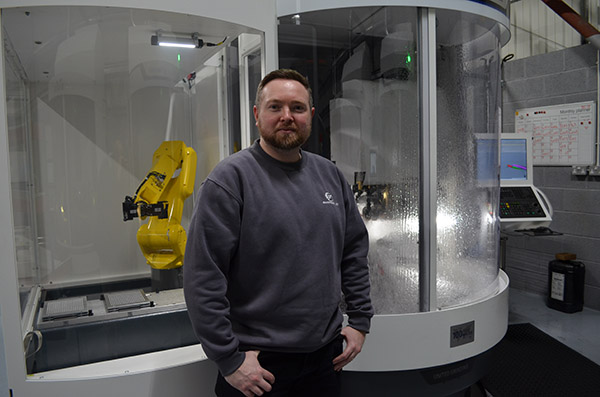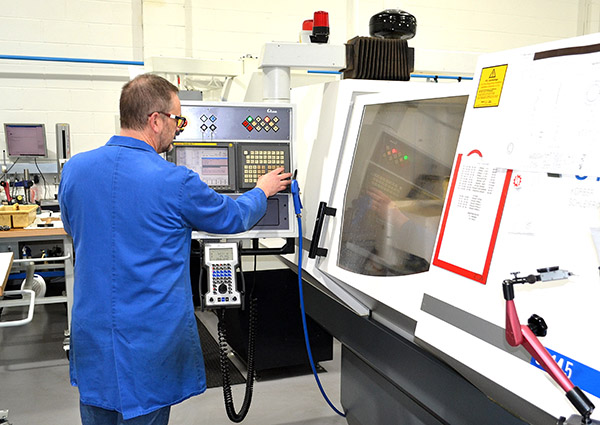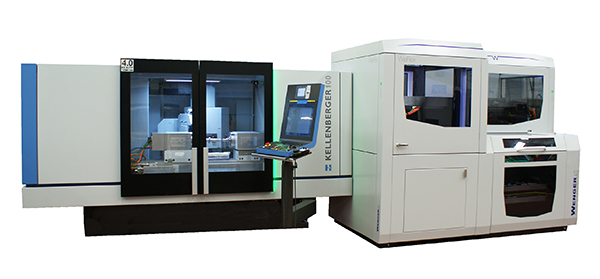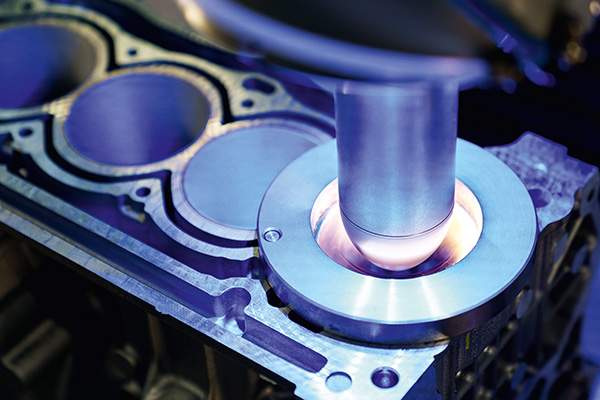Within the UK abrasive machining segment, tool grinding retains a major presence. A case in point can be seen at tooling specialist Gandtrack and sister company GT Grinding, which have been mirrored by their regular investment in Walter tool grinders and automatic measuring machines.

Housing 28 employees between them, Gandtrack and GT Grinding have installed a total of 12 Walter machines (10 Helitronic tool grinders and two Helicheck inspection machines) since 2000. And while in each successive case, the new machine has resulted in a higher level of production efficiency, it is Gandtrack’s latest investment – a Helitronic Power with robot loader – that catches the eye.
“We found that machining batches of initially 20-60 each month of comparatively long [up to 280 mm] reamers in 15 different sizes, and with long flute lengths of 70 to 90 mm, wasn’t proving ideal when using the machine steady,” says director Adrian Jones. “So, we investigated the use of the Helitronic Power’s automatic tailstock in conjunction with the machine chuck. We liaised with Walter AG in Germany – whose engineers prepared the program and, with carbide rods in hand, we spent a full day there producing the reamers. The demonstrations showed that we could halve machining times and, importantly, avoid scrap.”
Explaining that the process allows the tailstock to be removed from the reamers for the completion of end work, Jones also highlights how the use of probing in conjunction with the tailstock/chuck “means the exact position of the flutes can be determined”.
The choice of a robot loader instead of Walter’s Eco loader, which Gandtrack/GT already have on four machines, was also determined by practicality, as well as by the potential for increased production, says Jones.
For further information www.walter-machines.com























